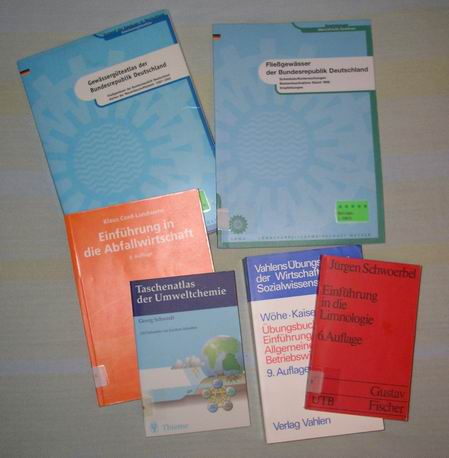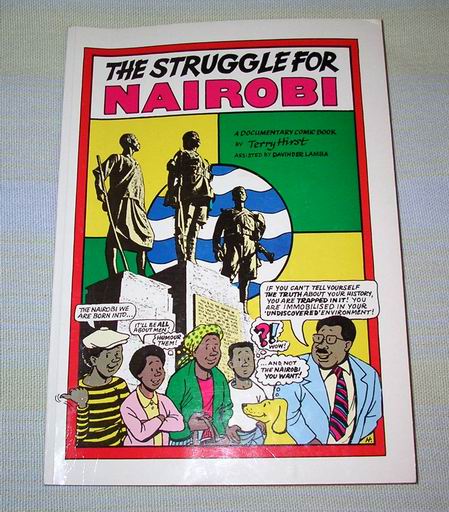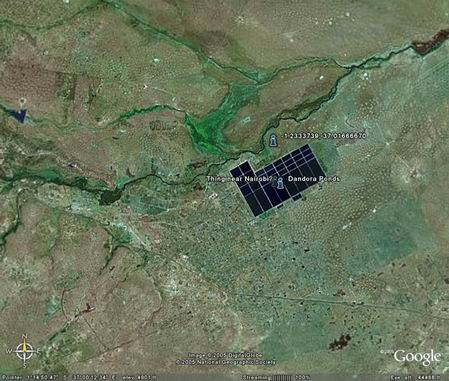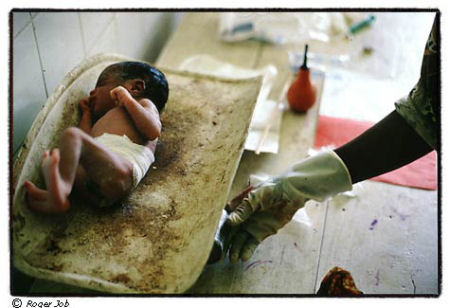Irgendwo im Stapel der noch-zu-lesenden-Zeitungsartikel fand ich heute im Feuilleton der FAZ vom 8. Mai 2004 einen interessanten Artikel ("Ihr geht alle in die Medien", von Jürgen Kaube) über die Versprechen deutscher Hochschulen, mit denen StudienanfängerInnen in die neuen (geisteswissenschaftlichen) Bachelor-Studiengänge gelockt werden.
Die unausweichliche Studienreform, um deutsche Absolventen fit für den internationalen Wettbewerb zu machen, schwächelt demnach aufgrund folgender Ausgangssituationen:
1. die Einführung seltsamer Studiengänge und deren Verkürzung auf nur sechs Semester
2. eine erzwungene Interdisziplinarität
3. Lehr- und Forschungspersonal, das nicht an den Sinn der Fächer glaubt.
Vor zwei Wochen war ich hier in einem Workshop der Uni zum Thema "Internationalisierung". Ein interner Workshop, an dem ich als einer von zwei StudentInnen (von ca. 15.000!) teilgenommen habe. Ziel des Workshops war es, einen Einstieg in die Diskussion zum Thema Internationalisierung zu finden und einen Reformprozess intern in Gang zu setzen, der bei den StudentInnen und Uni-Mitarbeitern gleichermaßen greifen sollte.
Im Gegensatz zur Europa-Universität Vidadrina in Frankfurt an der Oder, die uns die Leiterin des dortigen Zentrums für Internationales und Weiterbildung für ein Impulsreferat vorbeigeschickt hatte, und die aufgrund ihrer geographisch günstigen Lage Europa direkt vor der Tür hat, scheitern Bemühungen zur Internationalisierung hier oft schon an den mangelnden Englischkenntnissen der Verwaltungsmitarbeiter. Ich spreche hier von meiner Universität – der aus der Fachhochschule Nordostniedersachsen und der Universität Lüneburg neu fusionierten StiftungsUni Lüneburg mit ihren beiden Standorten Lüneburg und Suderburg in Nordostniedersachen (das ist oben rechts auf der DeutschlandKarte wo die Schafe blöken, so ca. halbe Strecke zwischen Hamburg und Hannover).
Wo also ansetzen?
Natürlich birgt der zur Zeit ablaufende Fusionsprozess und die damit verbundenen Unterschiede zwischen Uni & FH ein großes Potential für engagierte Mitarbeiter ("Studenten sind eh nur ein durchlaufender Posten" = O-Ton der Frauenbeauftragten), wobei schnell ersichtlich wird, welche Professoren aktiv gestalten und fordern, und welche eher ihre Zeit bis zum Ruhestand absitzen. Interessanterweise war es im Workshop gerade der FH-Professor, der im technischen Studiengang seine StudentInnen von Beginn an aktiv fordert, zur Selbstständigkeit erzieht und Praktika im Ausland vermittelt.
Natürlich mag man jetzt argumentieren, dass ein ingenieurwissenschaftlicher Studiengang mehr reelle Jobchancen und viel mehr didaktische Ansätze für eine internationale und kompetitive Ausrichtung bietet als ein rein geisteswissenschaftlicher – allerdings wird auch hier den StudentInnen eine Berufsperspektive vorgegaukelt, die in ihrem Umfang mit der Realität nicht unbedingt deckungsgleich ist.
Ein konkretes Beispiel: ich studiere Wasserwirtschaft und Bodenmanagement – – ein Studiengang ähnlich wie Umwelttechnik, jedoch ohne Statikvorlesungen und dafür mit mehr BWL & Recht. Auf die Frage, in welchem Bereich man nach dem Abschluß arbeiten könnte, vermag bisher noch kein Professor verbindlich zu antworten. Dass es aber einen Bedarf an IngenieurInnen in Zukunft geben wird, ist öffentlich bekannt. Nur: werden wir tatsächlich für genau diese Tätigkeiten ausgebildet? So ein Typ wie ich, der sich für VIELE Dinge interessiert, außerordentlich kommunikativ veranlagt ist und eine gewisse Interdisziplinarität und Bereitschaft/Flexibilität von sich aus mitbringt – gibt es für solche wie mich ein festes Berufsbild, auf das wir konkret ausgebildet werden können? Und wieso diese Fragestellung?
Weil es meiner Meinung nach ein Schuss in den Ofen ist. Die Studienreform verläuft viel zu einseitig, wird vom Land mit vollkommmen überzogenen Studiengebühren zusätzlich unter Druck gesetzt und hat es sich als Ziel gesetzt, für einen imaginären bzw. "noch-zu-erschaffenden" Arbeitsmarkt AbsolventInnen auszubilden, nach denen sich eigentlich niemand direkt umgeschaut hat. Für kleine Teilbereiche wie bei dem oben angesprochenen Prof mag das vielleicht alles Sinn machen – aber der Workshop zeigte auch, dass er mit dieser überaus richtigen Ansatzweise alleine auf weiter Flur steht.
Die Einführung der Bachelor- und Master Studiengänge ist zwar unausweichlich und sicherlich nicht verkehrt, wird aber intern natürlich nicht so akzeptiert wie die bisherigen Abschlußvarianten. Am Wichtigsten ist jedoch, dass die AbsolventInnen nach Beendigung ihres Studiums einen qualifizierten Job finden – und genau darauf muss die Studienreform ausgerichtet werden.
Was muss sich ändern? Vieles. Vor allem aber auch das Selbstbewusstsein der StudentInnen, die ganz klar ihre Bildungsansprüche gegenüber den Hochschulen kommunizieren müssen und sich von irgendwelchen Scheinabschlüssen nicht blenden lassen dürfen. Sonst landen sie wirklich noch alle in den Medien…

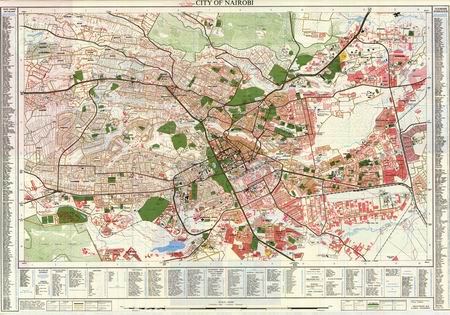
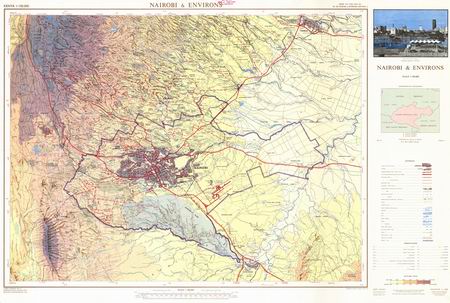
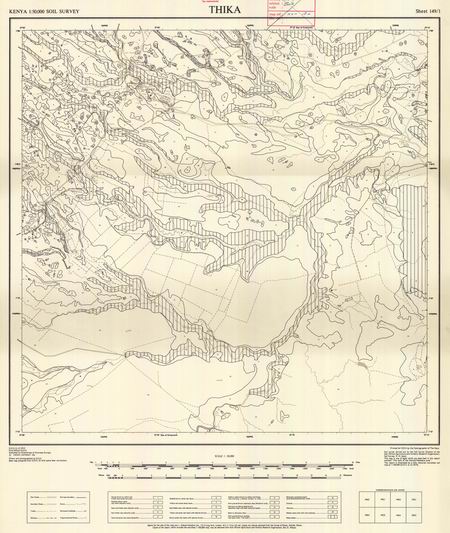

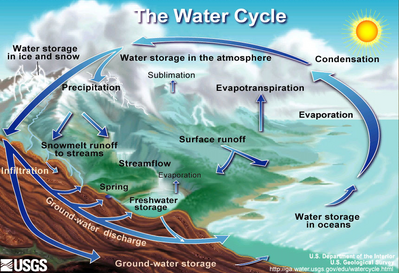
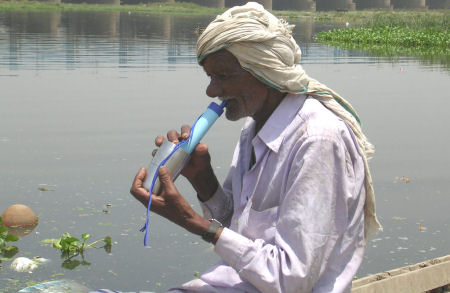
 I just ran a blog search on
I just ran a blog search on 